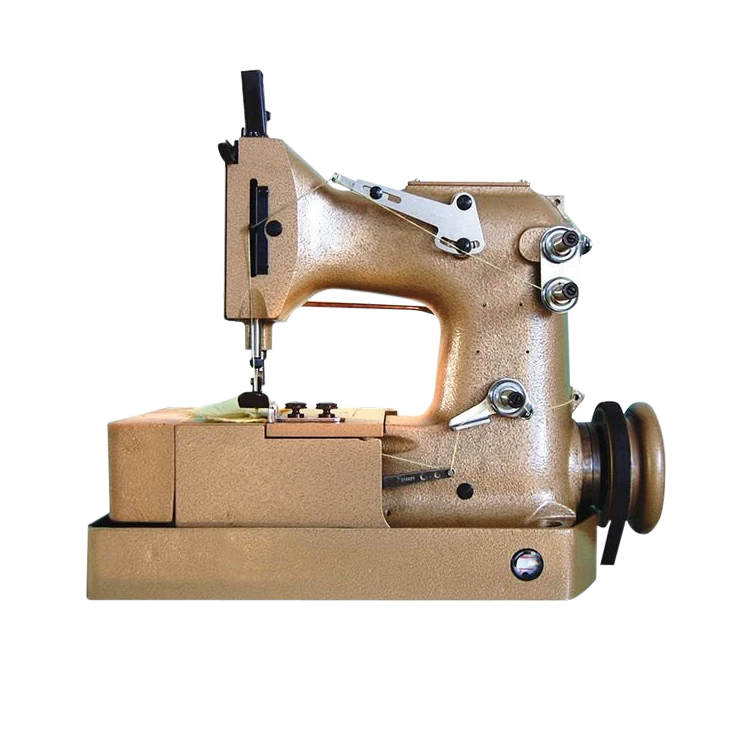what is a lockstitch
What is a Lockstitch? Understanding One of the Most Common Stitch Types in Sewing
Sewing is an age-old craft that has evolved over centuries, leading to various techniques and tools that enhance the art of stitching fabric together. One of the foundational techniques in this craft is the lockstitch, which serves as the backbone of many sewing projects, whether done by hand or machine.
A lockstitch is formed when two threads—one from the top (the needle thread) and one from the bottom (the bobbin thread)—interlock with each other to create a secure stitch. This type of stitch is notably characterized by its distinct and consistent appearance on the fabric surface, which features a straight line of stitches on the top while showing a similar but often tighter line on the underside. It is commonly utilized in various applications, from garment construction to home decor.
What is a Lockstitch? Understanding One of the Most Common Stitch Types in Sewing
Lockstitch machines are widely used in both industrial and home sewing environments due to their versatility and efficiency. They typically feature a variety of settings that allow the user to adjust the stitch length and tension, accommodating different fabric types and thicknesses. Moreover, their straightforward design makes them user-friendly, which is particularly important for those who are new to sewing.
what is a lockstitch

One of the main advantages of the lockstitch is its durability. The interlocking mechanism ensures that the threads are securely bound together, providing strong seams that hold under stress. This resilience is particularly beneficial in garments that undergo significant movement, such as clothing items made for sports or everyday wear. In addition, lockstitch seams lay flat, which contributes to a clean finish and is aesthetically pleasing in both visible and concealed applications.
However, like any technique, the lockstitch has its limitations. The most notable drawback is that it is not suitable for every type of fabric. Very thick or bulky materials can be difficult to sew with a lockstitch machine, as the machine may struggle to maneuver them effectively. In such cases, alternative stitches, like the zigzag stitch or overlock stitch, may be better suited for the material.
Another concern with lockstitch is the potential for the stitch to become loose over time, especially if the tension settings are not calibrated correctly. A poorly adjusted machine can lead to uneven stitches, which can compromise the integrity of the seams. It is essential for sewists to maintain their machines and adjust the settings as needed to prevent such issues.
In conclusion, the lockstitch is an essential method in the world of sewing, prized for its strength, consistency, and ease of use. Its application spans countless projects and remains a staple among both amateur and professional sewists. By understanding the mechanics of the lockstitch and its appropriate contexts, individuals can harness its capabilities to create beautiful, enduring textiles. Whether you are crafting a simple hem or constructing a complex garment, mastering the lockstitch is a fundamental skill that will undoubtedly enhance your sewing repertoire.
-
Boost Production Efficiency with a Pattern Sewing MachineNewsAug.29,2025
-
Industrial Excellence with the Best Heavy Duty Sewing MachineNewsAug.29,2025
-
Precision and Power with the Best Pattern Sewing MachineNewsAug.29,2025
-
Reliable Bulk Packaging Starts With the Right FIBC Sewing MachineNewsAug.29,2025
-
Advanced Packaging Solutions: Elevate Productivity with Jumbo Bag Sewing Machine and Industrial Stitching EquipmentNewsAug.29,2025
-
High-Performance Solutions for Bulk Packaging: FIBC Sewing Machine and MoreNewsAug.29,2025
-
Maximize Efficiency with an Industrial Cylinder Arm Sewing MachineNewsAug.28,2025


























